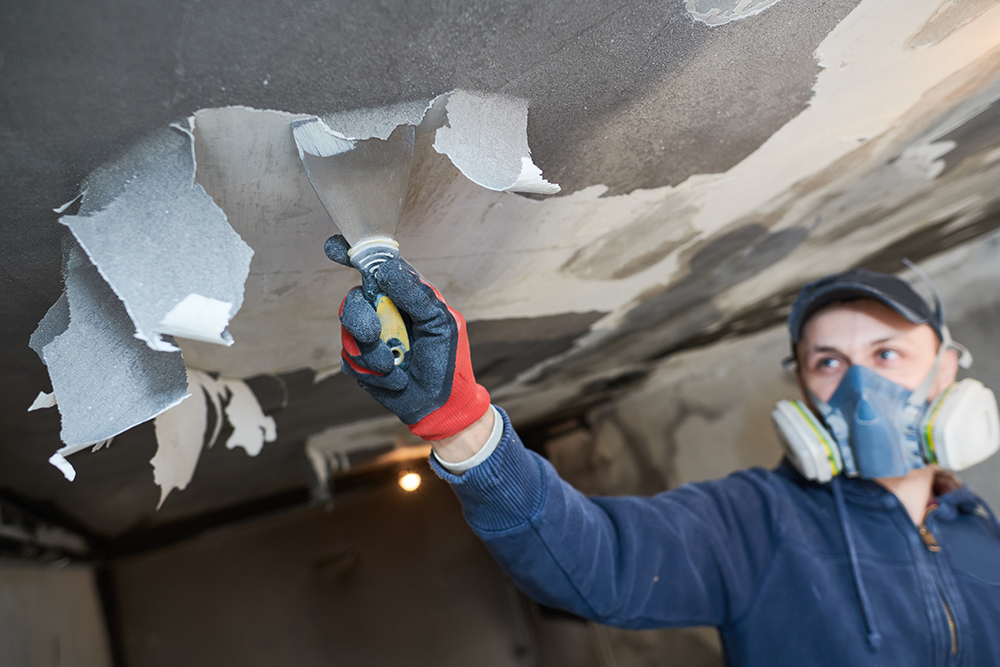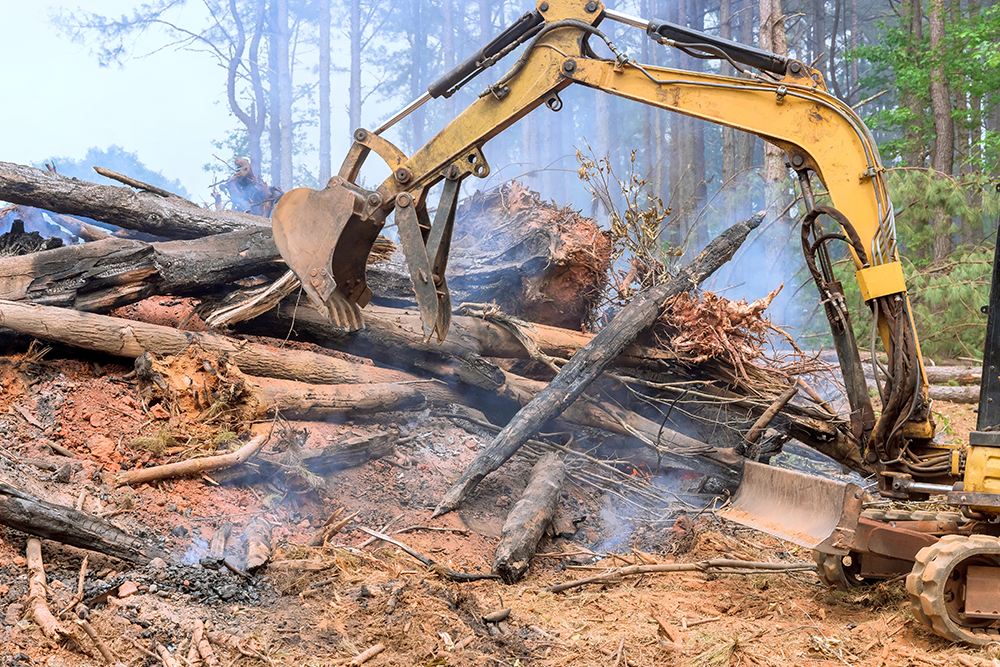The Complete Guide To Fire Damage Restoration

Fire damage restoration is a complex, fundamental process that helps property owners recover from the devastating effects of fire. It involves a detailed approach to restoring the safety, structure, and appearance of a building. Each stage, from evaluating structural integrity to smoke remediation, plays a critical role in the process.
As experts in environmental engineering and restoration, Coleman Environmental Engineering, LLC is equipped to handle fire recovery projects with a focus on safety, precision, and thoroughness.
Understanding Fire Damage: Immediate and Long-Term Impacts
The effects of fire extend beyond visible burns and scorch marks. Fires can compromise structural integrity, leaving weakened areas that may collapse if not carefully addressed. Smoke and soot residues penetrate surfaces, walls, and fabrics, resulting in lingering odors and potential health risks.
The water used to extinguish fires can also lead to secondary issues, like mold growth, which complicates the restoration process. Each of these elements requires specialized attention to ensure a complete and safe recovery.
Fires affect buildings differently based on materials, structural design, and the extent of exposure to flames. Understanding these variables is crucial to planning an effective restoration strategy.
For instance, wood-frame structures may suffer extensive charring, while concrete buildings may experience surface damage and potential compromise in load-bearing capacities. Recognizing the particular challenges in each fire-damaged structure is a fundamental aspect of professional fire damage restoration.
Initial Assessment and Safety Measures
The first step in fire damage restoration is a comprehensive assessment of the affected property. Safety is the primary concern, as weakened structures can pose serious risks. A professional inspection identifies areas with compromised stability and assesses the extent of smoke and water damage. During this phase, specialists examine structural elements, electrical systems, and plumbing to determine any hazards. This assessment guides the restoration process, ensuring that all safety measures are observed, and necessary repairs are prioritized.
Once a property has been deemed safe for entry, the next step involves removing any damaged materials. This includes debris, charred items, and irreparable fixtures. These materials must be removed carefully to avoid causing further damage to the structure. Our disaster recovery and debris management expertise ensures a thorough and safe removal process, minimizing risks for workers and residents alike.
Soot and Smoke Damage Remediation
Soot and smoke are some of the most persistent consequences of a fire. Smoke particles can penetrate deeply into walls, ceilings, and upholstery, leaving behind odors and harmful residues. Soot, a byproduct of incomplete combustion, can stain surfaces and cause respiratory issues if not removed promptly. Effective soot and smoke remediation requires specialized equipment, including air scrubbers and industrial-grade cleaners, to neutralize odors and remove particles from affected surfaces.
Different materials react differently to smoke, with porous items like wood and fabric requiring deeper cleaning methods. For example, thermal fogging—a technique that uses heated deodorizing compounds—can effectively neutralize odors embedded in walls and furniture. This process not only improves air quality but also reduces potential health hazards related to prolonged smoke exposure.
Water Damage Control and Mold Prevention
In many cases, water used to extinguish a fire can lead to secondary damage, making water remediation an essential part of fire damage restoration. Waterlogged materials, if left untreated, can become breeding grounds for mold and mildew, leading to additional structural issues and health risks. This phase involves eliminating surplus water, drying out the property, and applying dehumidification to thwart the growth of mold.
To prevent mold from taking hold in the affected area, restoration teams use advanced drying techniques, such as air movers and dehumidifiers. Carpeting, insulation, and drywall may need to be removed if saturated beyond salvage. Preventative measures, like applying antimicrobial treatments, help control potential mold outbreaks, ensuring the property remains safe for occupancy.
Structural Repairs and Remedial Construction
After soot, smoke, and water have been addressed, structural repairs can begin. Fire can significantly weaken a building’s framework, particularly in areas exposed to intense heat. Remediation often includes replacing or reinforcing walls, damaged beams, and support structures to restore the building’s integrity. Our proficiency in remedial construction ensures that all repairs meet safety standards and local building codes, giving property owners peace of mind that their structure is sound.
Structural repair may also involve addressing issues with electrical systems, as fire can damage wiring and circuits. Properly restoring electrical systems requires a licensed electrician to inspect and replace compromised elements. These repairs are critical for both safety and functionality, preventing potential fire hazards in the future.
Final Cleanup and Air Quality Restoration
Once major repairs are completed, the final cleanup phase ensures the property is safe, clean, and comfortable for occupancy. During this stage, restoration teams address any residual soot, odors, and dust particles. Air quality restoration is especially important, as smoke and chemical residues can linger, affecting respiratory health.
Air scrubbers, HEPA filters, and ozone treatments are commonly used to purify the indoor environment. These tools help eliminate any remaining smoke odors and ensure that the air is free from particulates. The goal is to restore a clean and habitable indoor environment, removing any reminders of the fire incident.
The Importance of Professional Fire Damage Restoration
Professional fire damage restoration brings experience, equipment, and knowledge that are essential to effective recovery. Attempting to handle fire restoration without expertise can lead to missed damage, inadequate cleaning, and possible safety hazards. Certified specialists possess the expertise to identify underlying issues that may go unnoticed, such as concealed structural vulnerabilities or deeply embedded smoke residues, ensuring a thorough and safe restoration process.
Fire damage restoration extends beyond surface repairs; it focuses on re-establishing a secure, functional, and welcoming space for those who rely on it. By addressing all aspects of fire damage—structural, smoke, water, and air quality—restoration teams provide peace of mind and a pathway to recovery for property owners.
Fire Restoration as Part of a Sustainable Recovery Plan
Effective fire damage restoration also supports sustainable rebuilding practices, reducing the need for complete demolition and encouraging the reuse of materials where possible. By restoring rather than replacing, environmental impacts are minimized, and valuable resources are conserved. The integration of restoration within a broader framework of environmental engineering promotes resilient, safe, and sustainable communities.
At Coleman Environmental Engineering, LLC, our approach to fire damage restoration combines careful assessment, specialized techniques, and a commitment to safety. Whether managing large-scale commercial projects or individual homes, we apply our expertise in environmental recovery to restore properties responsibly and sustainably.

